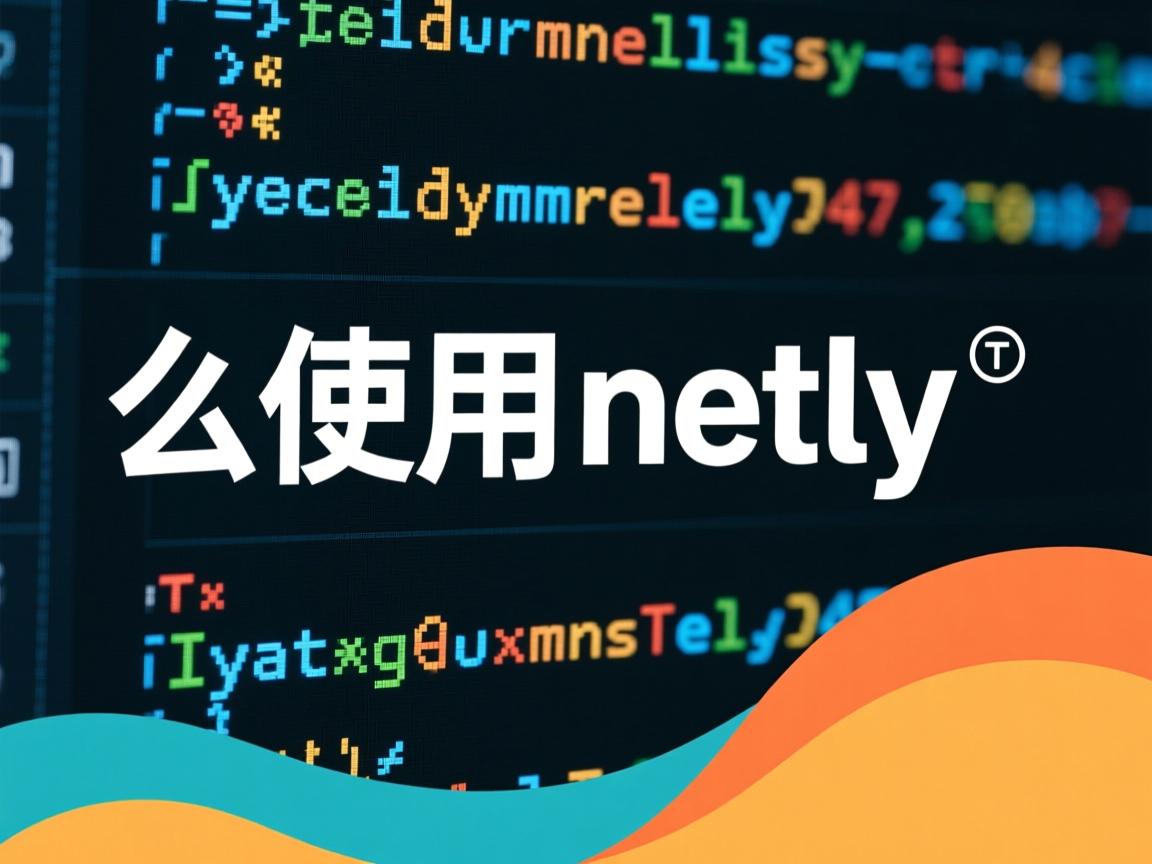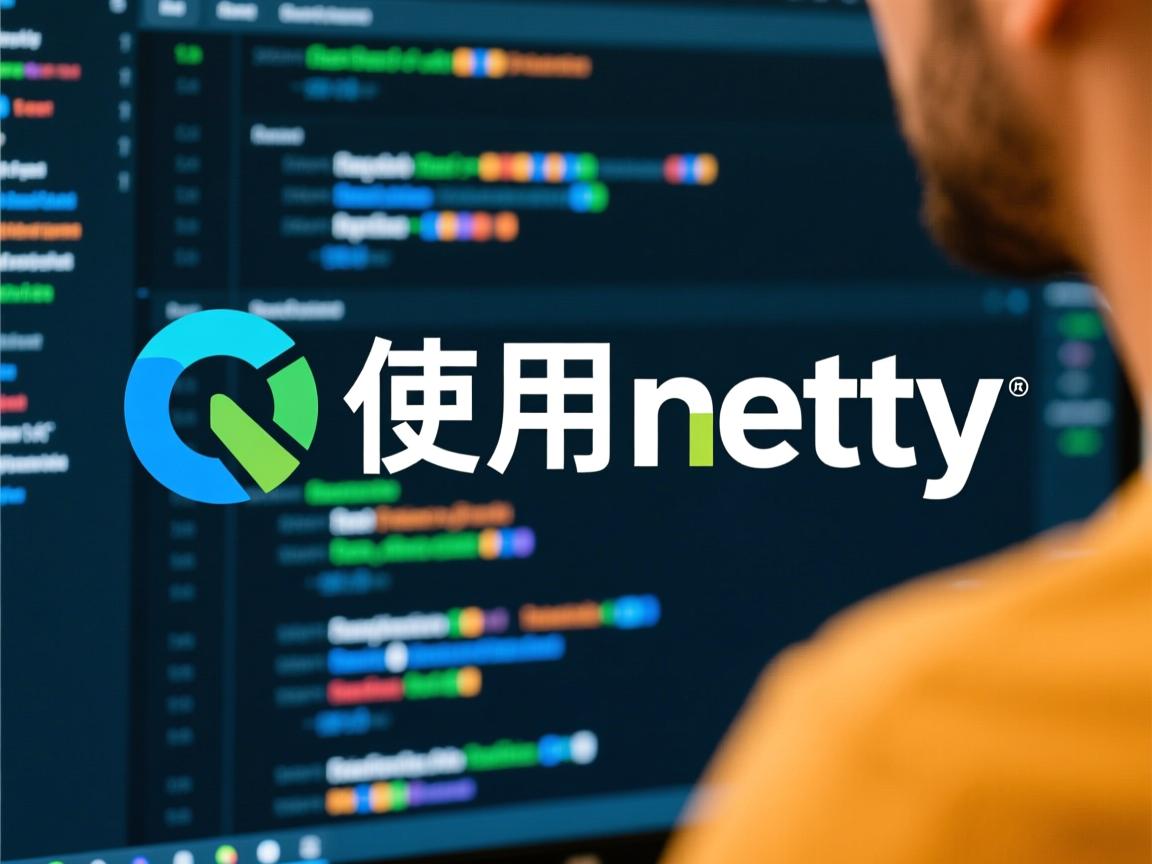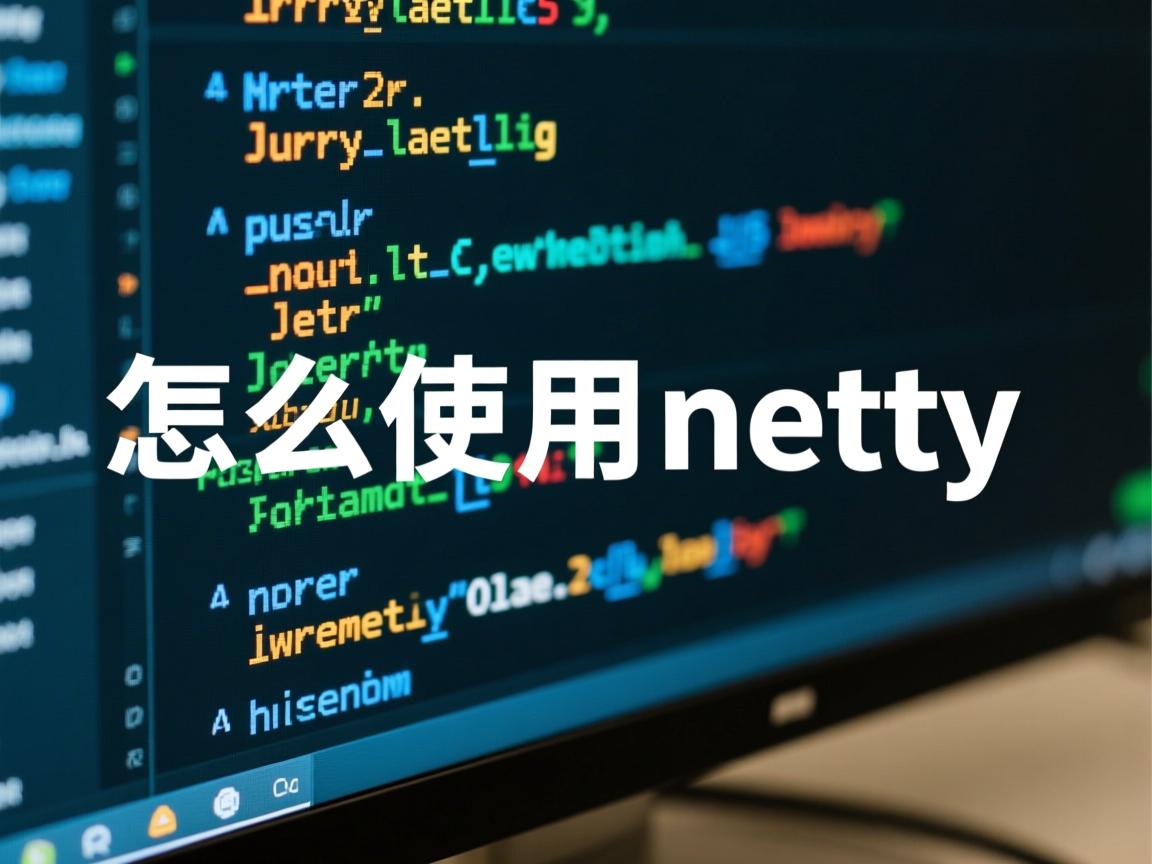上一篇
Java中使用Netty,需先添加依赖,创建服务器端和客户端,服务器端通过ServerBootstrap配置,客户端使用Bootstrap配置,设置通道类型、处理器等,然后启动连接进行通信
Java中使用Netty构建高性能网络应用,通常需要遵循以下步骤和核心概念,Netty基于Java NIO(非阻塞IO)和事件驱动模型,提供了一套高效、可扩展的网络编程框架,适用于高并发、低延迟的场景,如游戏服务器、实时通讯系统等。
环境准备与依赖引入
-
添加Maven依赖:在项目的
pom.xml中引入Netty依赖。<dependency> <groupId>io.netty</groupId> <artifactId>netty-all</artifactId> <version>4.1.68.Final</version> </dependency> -
理解核心组件:

- Channel:表示网络连接,支持数据读写。
- EventLoopGroup:线程池组,分为BossGroup(处理连接)和WorkerGroup(处理IO)。
- ChannelPipeline:通道处理器链,用于数据编解码和业务逻辑处理。
- Bootstrap/ServerBootstrap:客户端和服务端的启动器,负责配置和启动网络应用。
服务端实现
-
创建ServerBootstrap:配置服务端参数,如线程组、通道类型和处理器。
EventLoopGroup bossGroup = new NioEventLoopGroup(); // 处理连接 EventLoopGroup workerGroup = new NioEventLoopGroup(); // 处理IO try { ServerBootstrap bootstrap = new ServerBootstrap(); bootstrap.group(bossGroup, workerGroup) .channel(NioServerSocketChannel.class) // 使用NIO传输 .childHandler(new ChannelInitializer<SocketChannel>() { @Override protected void initChannel(SocketChannel ch) { ChannelPipeline pipeline = ch.pipeline(); pipeline.addLast(new StringDecoder()); // 解码器 pipeline.addLast(new StringEncoder()); // 编码器 pipeline.addLast(new ServerHandler()); // 业务处理器 } }); // 绑定端口并启动 ChannelFuture future = bootstrap.bind(8080).sync(); future.channel().closeFuture().sync(); // 等待关闭 } finally { bossGroup.shutdownGracefully(); workerGroup.shutdownGracefully(); } -
编写业务处理器:继承
ChannelInboundHandlerAdapter,处理连接、消息和异常。
public class ServerHandler extends ChannelInboundHandlerAdapter { @Override public void channelActive(ChannelHandlerContext ctx) { System.out.println("连接建立: " + ctx.channel().remoteAddress()); } @Override public void channelRead(ChannelHandlerContext ctx, Object msg) { System.out.println("接收到消息: " + msg); ctx.writeAndFlush("消息已接收"); // 发送响应 } @Override public void exceptionCaught(ChannelHandlerContext ctx, Throwable cause) { cause.printStackTrace(); ctx.close(); } }
客户端实现
-
创建Bootstrap:配置客户端参数,如线程组、通道类型和处理器。
EventLoopGroup group = new NioEventLoopGroup(); try { Bootstrap bootstrap = new Bootstrap(); bootstrap.group(group) .channel(NioSocketChannel.class) // 使用NIO传输 .handler(new ChannelInitializer<SocketChannel>() { @Override protected void initChannel(SocketChannel ch) { ChannelPipeline pipeline = ch.pipeline(); pipeline.addLast(new StringDecoder()); // 解码器 pipeline.addLast(new StringEncoder()); // 编码器 pipeline.addLast(new ClientHandler()); // 业务处理器 } }); // 连接服务端 ChannelFuture future = bootstrap.connect("localhost", 8080).sync(); future.channel().writeAndFlush("Hello, Netty!"); // 发送数据 future.channel().closeFuture().sync(); // 等待关闭 } finally { group.shutdownGracefully(); } -
编写客户端处理器:处理服务端响应。

public class ClientHandler extends ChannelInboundHandlerAdapter { @Override public void channelRead(ChannelHandlerContext ctx, Object msg) { System.out.println("服务端响应: " + msg); } }
高级特性与优化
| 特性 | 说明 |
|---|---|
| 零拷贝 | 使用FileRegion或DefaultFileRegion直接传输文件,减少内存复制开销。 |
| SSL/TLS支持 | 通过SslContext集成安全协议,保护数据传输。 |
| 自定义协议 | 实现ByteToMessageDecoder和MessageToByteEncoder处理自定义数据格式。 |
| 线程模型优化 | 调整NioEventLoopGroup的线程数,适应高并发场景。 |
| 心跳机制 | 使用IdleStateHandler检测连接状态,实现超时断开。 |
常见问题与解决方案
| 问题 | 解决方案 |
|---|---|
| 连接超时或拒绝 | 检查服务端端口是否被占用,或调整CONNECT_TIMEOUT_MILLIS参数。 |
| 数据粘包/拆包 | 使用LengthFieldBasedFrameDecoder或自定义解码器处理半包问题。 |
| 内存泄漏 | 避免在ChannelHandler中存储大量数据,及时释放资源。 |
FAQs
如何实现Netty的HTTP服务器?
答:使用HttpServerCodec编解码HTTP协议,并添加HttpObjectAggregator组装请求。
pipeline.addLast(new HttpServerCodec()); pipeline.addLast(new HttpObjectAggregator(65536)); pipeline.addLast(new HttpRequestHandler()); // 自定义处理器
Netty如何支持WebSocket?
答:添加WebSocketServerProtocolHandler处理握手和帧解析,并在管道中添加业务处理器。
pipeline.addLast(new WebSocketServerProtocolHandler("/ws"));
pipeline.addLast(new WebSocketFrameHandler()); // 处理文本/二进制


